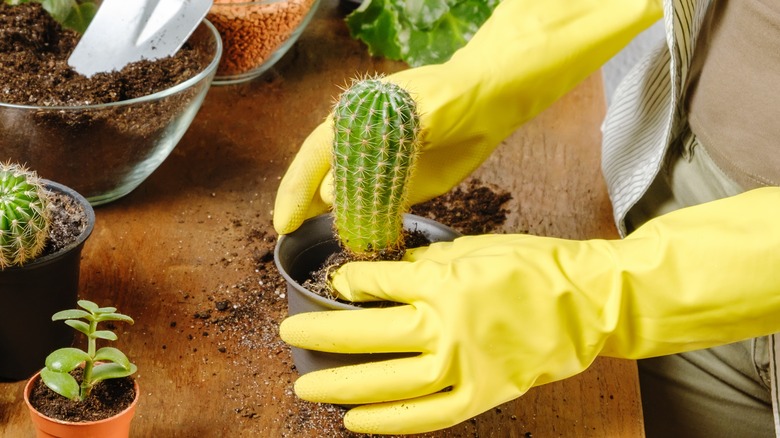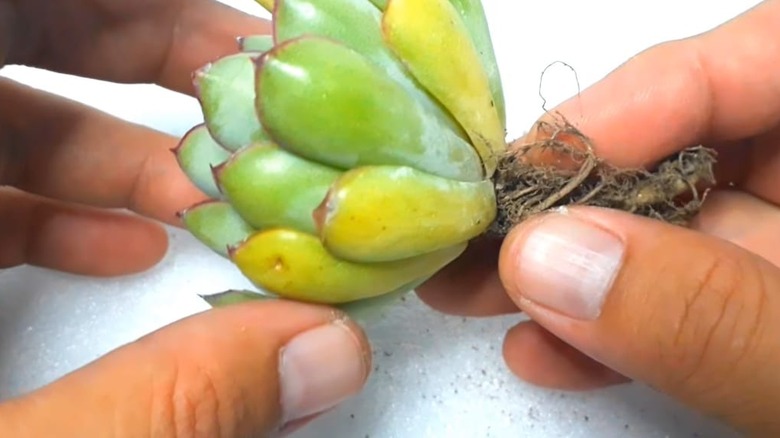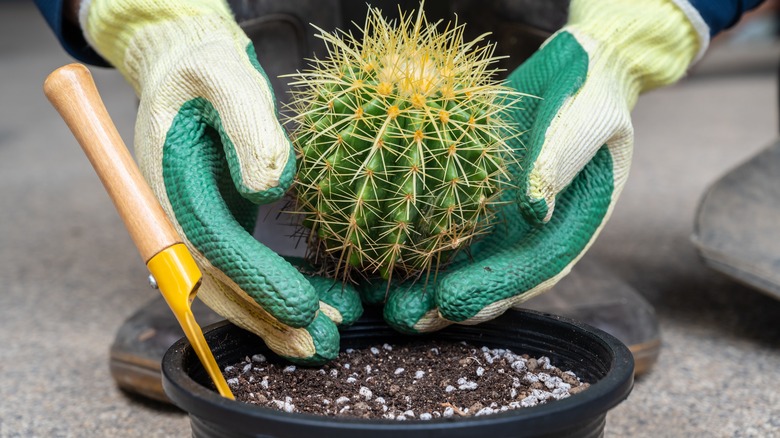Why Your Cactus Plant Is Turning Yellow
Ah, the cactus: A resilient symbol of warm desert landscapes, now a regular sight in home interiors. Robust, undemanding, and delightfully prickly, this charismatic flora can effortlessly add charm to any altar of urban life. But what if you observe your plant forsaking its vibrant green for a yellowy hue in a plot twist as prickly as itself? Several culprits, some within your plant's care regimen, could be at play — from an overwatered cactus (especially during winter), sunburn, underwatering, and abrupt repotting to pest infestation.
Is a cactus dead if it turns yellow? No. Most often, it's still kicking and fighting, holding onto its prickly life while waving that yellow flag as a desperate SOS. So, how do you bring your cactus back to good health? It's a matter of playing the detective, identifying the culprit causing the plant stress, and adjusting your care routine accordingly. Is scalding sunlight turning it into a toasty cactus cookie? A change of location or sunbathing routine is due. Too little water turning what should be a picture of succulent health into a mummified specimen? It's time to hydrate but with a careful, regulated approach. And so on. So, the next time you see a cactus turning yellow, you should know what to give and hold back.
What causes yellowing in a cactus plant
Overwatering is pretty much an invitation for fungal and bacterial colonies to party inside your cactus, leading to a slow, gnawing decay from the roots up. This prevents nutrients from reaching different parts of the plant, transforming the green vitality into a yellow specter. And in a grimmer turn of events, the stem abandons its spiky charm and takes on a soft, defeated texture. Conversely, watering deficits can also put your plant on the highway to the yellow zone, complete with a shriveled appearance. For the indoor cacti, sudden exposure to bountiful sunlight is less chlorophyll heaven and more of a harsh sunburn. Imagine stepping out from a cool canopy into a sweltering desert without your SPF; quite the scorcher, right? On the flip side, sunlight starvation means compromised photosynthesis, pushing your cactus down the same yellow path.
Digging deeper into the subterranean perpetrators, we find the possibilities of pests and the wrong soil type. Growing cactus in a slow-draining soil variety is like planting a palm tree on an icy tundra — talk about misplaced botany. Heavy soils smother cacti, spiraling the situation into a botanical horror show of root rot and yellowing. However, not all threats are as grounded. Pests like aphids, mealybugs, spider mites, snails, and slugs fancy a prickly ride, sucking out vital juices and eventually turning your green cactus a sickly yellow. Another culprit to watch out for is transplant shock, courtesy of a sudden change of pots.
How do you fix a yellow cactus?
When your cactus turns yellow, discerning whether overwatering is the villain turns into a game of touch and feel. Gently extract your cactus from the soil; if the base feels soft and squishy, that's rot. Here, embrace your inner gardening guerrilla: Chop off the rotten roots, air-dry the plant until it develops a callus, and replant it in a better-draining potting mix (ideally garnished with sand). Regular inspections for firmness and balanced watering will sustain the horticultural harmony. As for a parched cactus plant, liberal dousing with water should do the trick.
Counteracting sunburns in a newly purchased cactus boils down to a solar acclimation program. Start with short morning sessions and gradually increase exposure until your prickly pal can soak in the rays without suffering damage. Unfortunately, the sunburned portion of your cactus is likely a lost cause. But the rest of the greenery can still lead a vibrant life — shelter it with a shade fabric or relocate it to a less sunlit spot in your home.
And how to save a yellowing cactus due to pest infestation? Begin with unleashing the power of a garden hose spray, but just enough to scare off the invaders. For stubborn infestations, summon rubbing alcohol, soapy water, insecticidal soap, or a systematic insecticide. Extreme cases demand giving your plant a fresh home with new soil to prevent a pest-hatching disaster. Transplant shock isn't fashionable, though, so stick to a similar-sized container when repotting your cactus.


